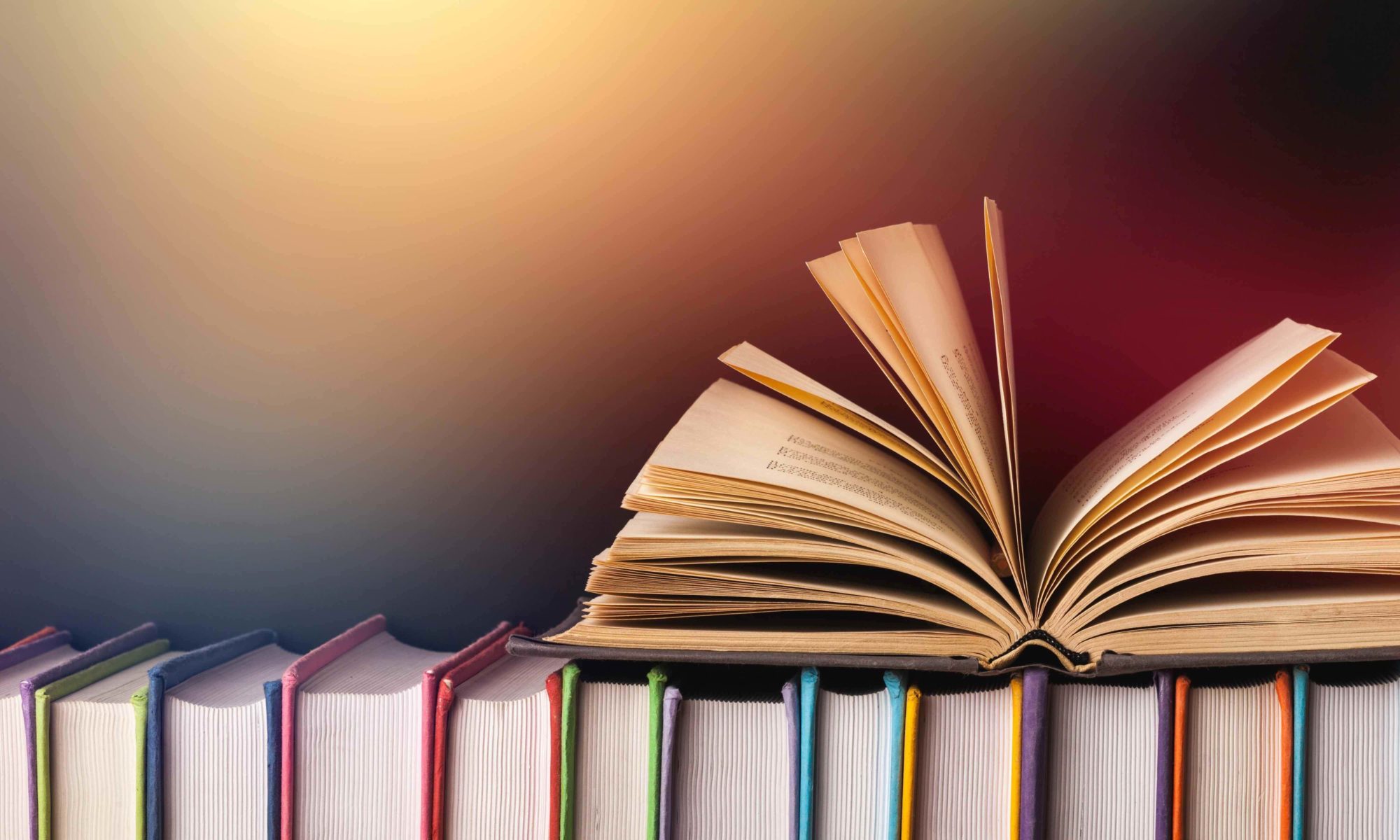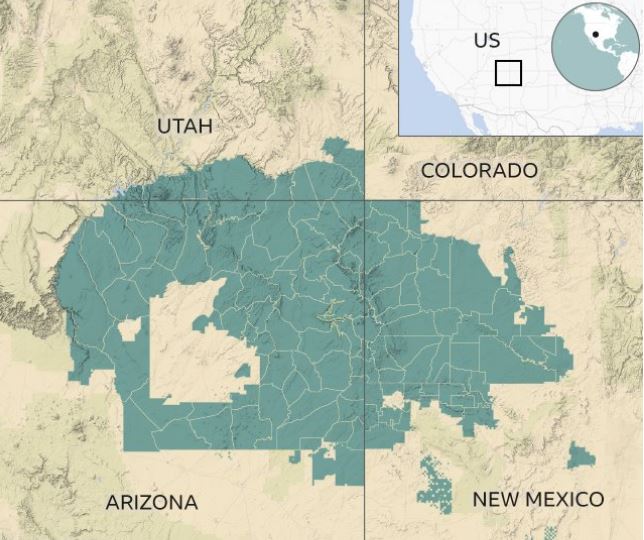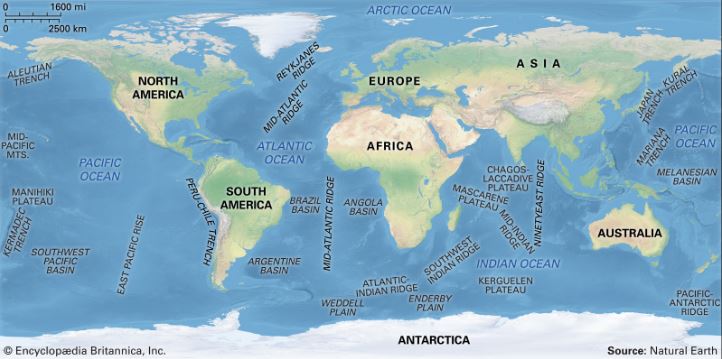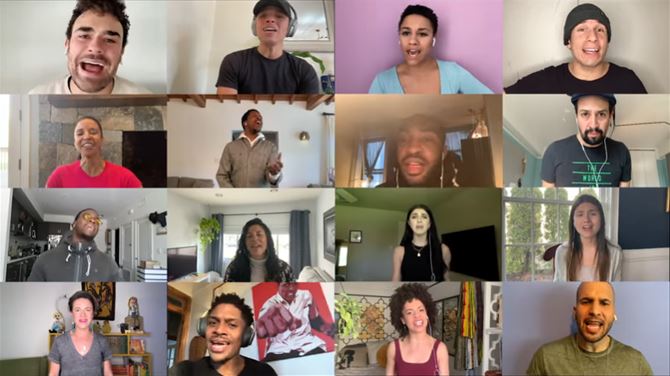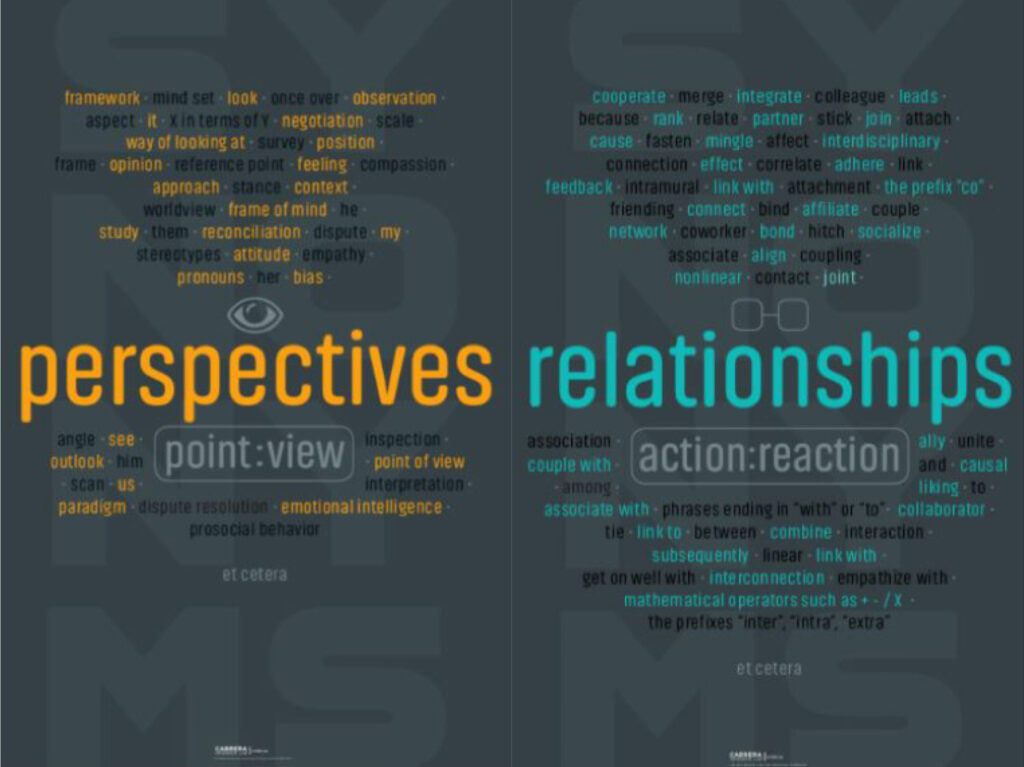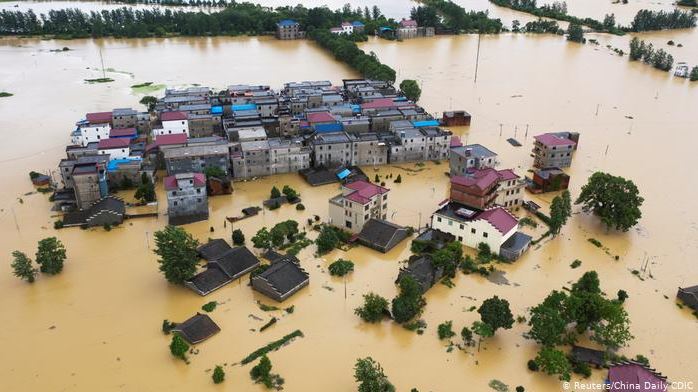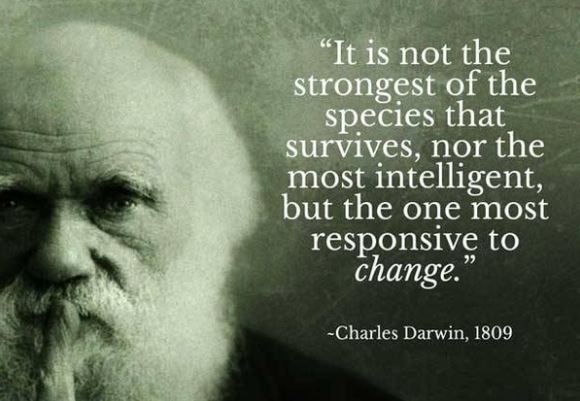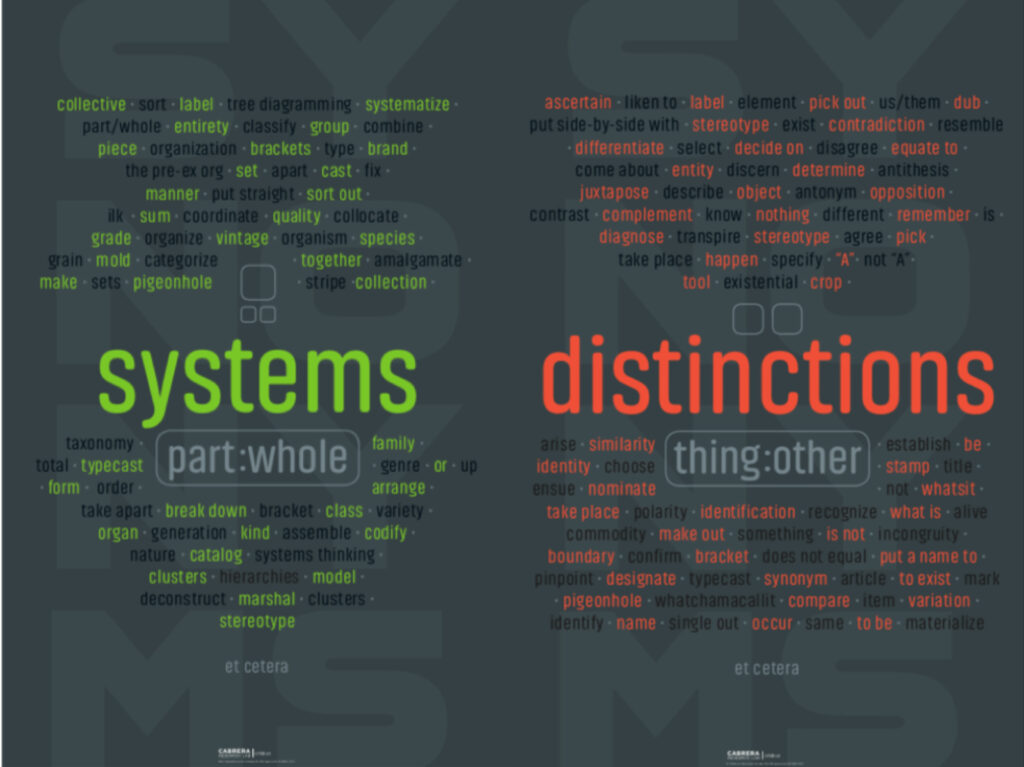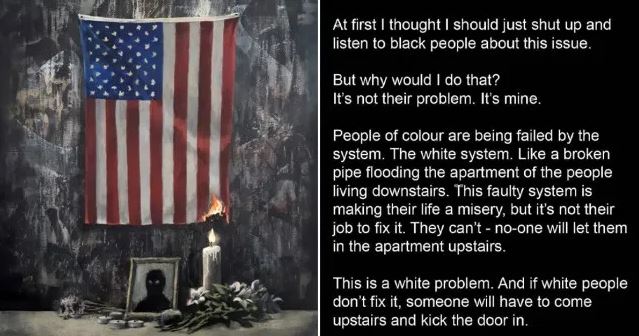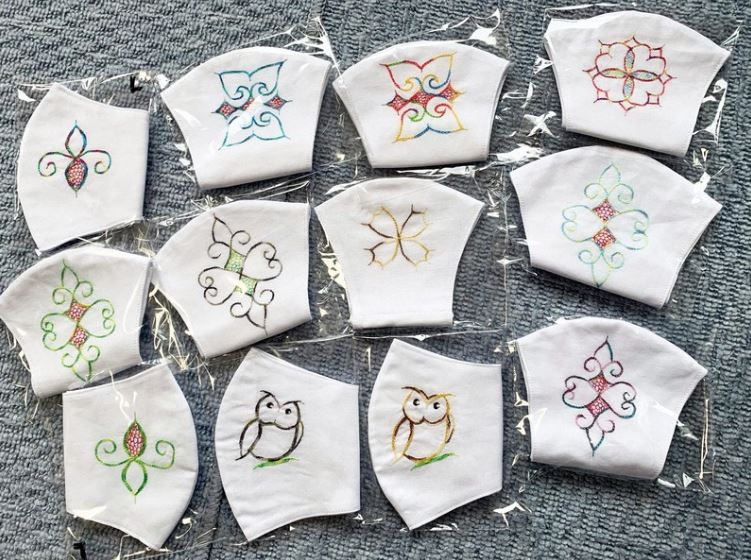
We are living on a planet full of discards. On land, we’re disposing billions of tons of junk into landfills with capacity shrinking annually. At sea, our junk, especially plastic waste, is polluting the streams and ocean. With rapid technology advances, space exploration is no longer an exclusive activity of one country. More countries flex their muscles with space projects. This July the Mars’ orbit comes closest to Earth, making it possible to go from one planet to another in the shortest time. The United Arab Emirates, China and the United States all launched missions to Mars last month. Are we going to see space debris scattered on Mars in the near future? Not to mention that China launched its final Beidou satellite this summer. Space is greeting an increasing number of foreign objects from this blue planet. As China and the US are in the heat of a tech cold war, neither of these two space explorers is expected to share with one another space equipment and acquired data to reduce overlapping infrastructure costs and space junk. In fact, on the grounds of national security concerns, they are likely to get rid of one another’s established hardware and become reliant on their domestic brands. Like the already staggering electronic waste from the two biggest contributors, China and the US will leave their mark on space in the form of space junk.
I’m working on an academic paper on electronic waste and recycling. That’s why I’m becoming more aware of the “500-billion-dollar” waste industry as Adam Minter estimated in his book, Junkyard Planet. According to the US EPA, in 2017, about 139.6 million tons of municipal solid waste was landfilled. Food was the largest component at about 22%. Plastic accounted for about 19% as the second largest component. Also in the same year, China announced a ban on foreign imports of solid waste including plastics, paper products and hazardous waste. The Chinese leadership would rather spend on solutions to save money than spend a fortune in post-disaster recovery. Like the “Sponge City Initiative,” China is switching gears promptly for a green economy by incorporating strategies practiced in foreign countries with its local implementation. It then sets an example for the neighboring countries to emulate, a strategy which is perceived as pushing Chinese influence by hawkish, western pundits. Nevertheless, if Chinese cities can manage urban waste problems and share experience with other municipalities, that will be a positive influence to the environment, won’t it?
This October the highly-anticipated 14th five-year plan will be unveiled in Beijing. The long-term plan will set the tone for China’s sustainable development in the next five years (2021-2025). Global think tanks and institutions are preoccupied with forecasts and analysis of the Politburo’s would-be plan as if they were making their best bet for the winner in the Kentucky Derby. One of the predictions is that China will seek more autonomous development by cutting reliance on the US for technology supply and exports. That’s not the good news for the global waste industry.
In fact, the covid pandemic has caused an uptick of plastic use, from masks and gloves to takeout containers and delivery packaging. Is this a negative externality of our house-bound social distancing? Environmentalists found a new type of garbage washing ashore—masks. Dozens and dozens of disposable masks. Plastic is ubiquitous in our everyday life. Researchers discovered this June that “plastic rain” was pouring down in our national parks including big household names such as the Grand Canyon. Over 1,000 metric tons of microplastic, which is the equivalent of over 120 million plastic water bottles, fall on eleven protected areas in the western United States annually. Isn’t this an epitome of the saying “what goes around comes around”?
I’m surprised that neither in China nor the US, few policy advisors advocate for the cutback or even elimination of plastic use. An environmental report shows plastic greenhouse vegetable cultivation (PGVC) has expanded worldwide, particularly in China, where it accounts for more than 90% of all global PGVC operations. Chinese farmers apply the plastic-film mulch to their crops in order to block weed growth and protect the soil from erosion. The plastic also helps warm the soil and conserves water. China is not alone; the US farmers also use plastic mulch and plastic containers. One third of the agricultural plastics are used in Florida. If plastic is going to be with humankind for the foreseeable future, from an economic viewpoint, China and the US can make the best out of it by working together to reduce negative impact of plastic.

Like the emperors in imperial China, the Chinese Communist Party, as the one-party ruler of the state, has an absolute authority to determine how to spend “the people’s” coffers. This is why almost all Chinese engineering infrastructure, from bridges and motorways to hydroelectric power stations and nuclear power plants, are completed at lightning speed. Dissent is silent and watchdogs follow the party line too. To date it is still a marvel to the world that China built two Fangcang shelter hospitals in Wuhan, once the epicenter of the covid epidemic, in merely six days on an around-the-clock work schedule. China is heading for a green economy but with many paradoxes including its support for PGVC and coal-fired power plants. The US is struggling to maintain its supremacy by alienating itself from global cooperation. And yet the trajectory of man-made discards is heading upward and is already expanding outside the boundary of the Planet. If we do not come to terms sooner to regulate and monitor our discards in the common spaces, are we digging our graves now to bury ourselves with our junk?
(P.S. To consolidate my time for quality writing, I’ll share my graduate paper findings in the future posting. Stay tuned!)
